The most famous women in NASA history
Talia Lakritz

- Women have played crucial roles in NASA's history of space exploration.
- Katherine Johnson calculated trajectories for the first man in space and Apollo 11's flight to the moon.
- Peggy Whitson holds the US record for the most time spent in space at 665 days.
- Jessica Meir and Christina Koch performed the first all-female spacewalk in NASA history.
Women have played crucial roles in advancing space exploration throughout NASA's 61 years, from performing calculations to sending astronauts to the moon to launching into space themselves as mission specialists and commanders.
Here are 17 women who became famous for their contributions to the science of space travel.
Kitty O'Brien Joyner was NASA's first female engineer.
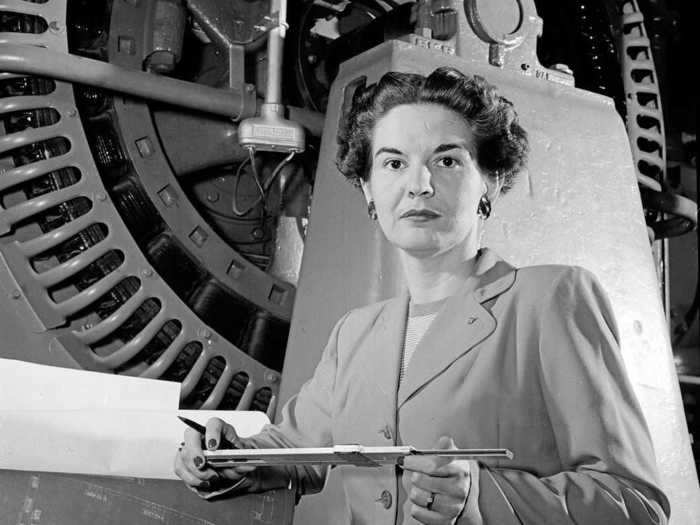
Kitty O'Brien Joyner was the first woman to graduate from the University of Virginia's engineering program after winning a lawsuit challenging its all-male engineering school. She joined NACA (which later became NASA) in 1939 and was its first female engineer, working on turbines in wind tunnels and researching supersonic flight. She retired from NASA in 1971.
Katherine Johnson calculated trajectories for Alan Shepard, John Glenn, and Apollo 11's flight to the moon.
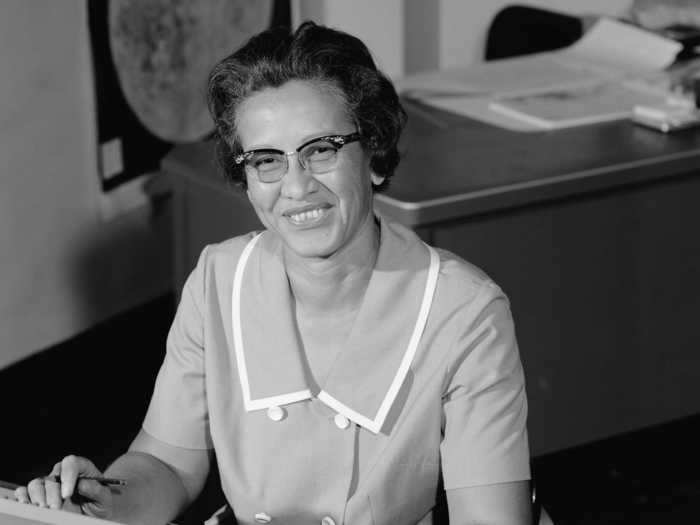
Katherine Johnson began working as a "human computer" at NACA in 1953. She calculated trajectories for Alan Shepard, the first man in space, and John Glenn, who asked that Johnson personally check the electronic computer's results. She also calculated the trajectory for Apollo 11's flight to the moon in 1969.
Johnson received a Presidential Medal of Freedom in 2015 honoring her accomplishments in paving the way for gender and racial equality as a black woman in STEM, and was played by actress Taraji P. Henson in the 2016 movie "Hidden Figures."
Dorothy Vaughan was NASA's first African American manager.
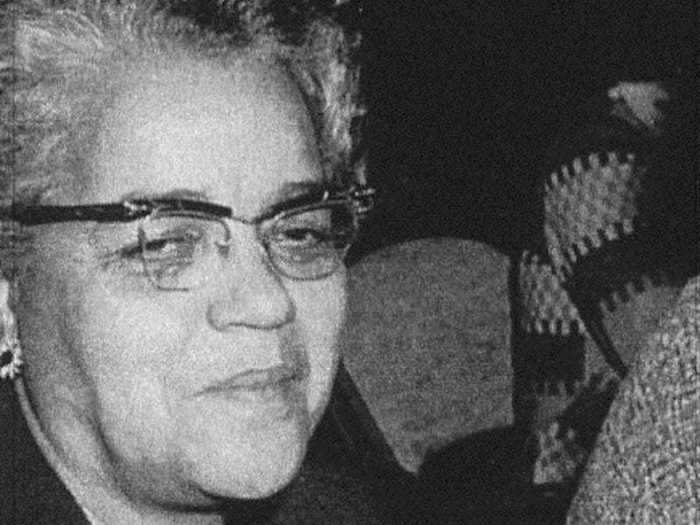
Dorothy Vaughan was NASA's first African American manager, working as the head of NACA's segregated West Area Computing Unit from 1949 to 1958. She managed women known as "West Computers" who analyzed data for NACA's aerospace engineers.
She was also a mathematician and expert in FORTRAN, a programming language for numeric and scientific computing. She retired from NASA in 1971.
She was portrayed by Octavia Spencer in "Hidden Figures."
Mary Jackson was NASA's first black female engineer.
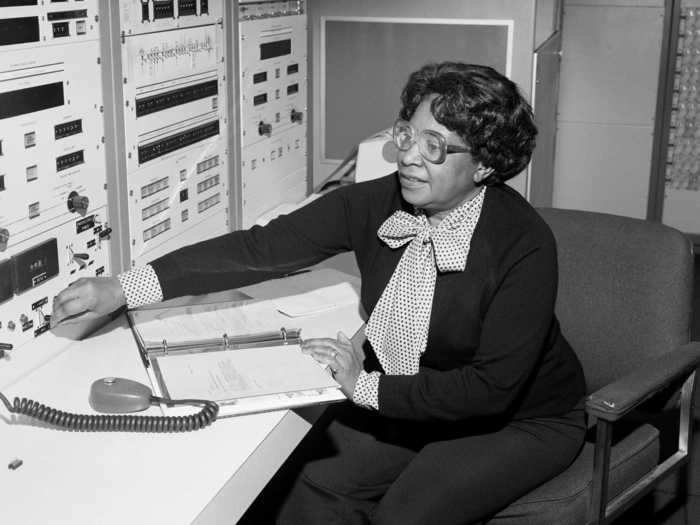
Mary Jackson was a "human computer" in the segregated West Area Computing Unit before working with engineers on NACA's Supersonic Pressure Tunnel that blew winds at two times the speed of sound.
Jackson obtained special permission to attend graduate-level math and physics classes through the University of Virginia held at the then-segregated Hampton High School in order to become an engineer. In 1958, she was promoted from mathematician to NASA's first black female engineer.
Twenty years and dozens of papers later, she became the Langley Research Center's Federal Women's Program Manager, leading efforts to hire and promote more women at NASA. She retired in 1985.
Nancy Roman was known as the "Mother of Hubble."
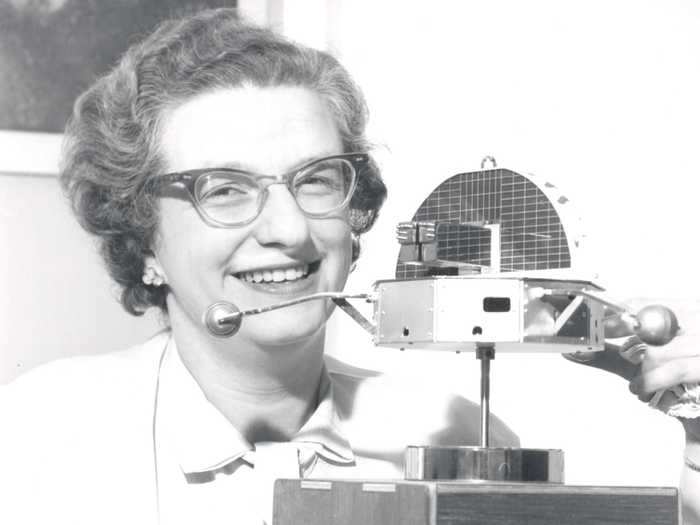
Nancy Roman joined NASA in 1958 and was its first chief astronomer. She was known as the "Mother of Hubble" for her work to bring the vision of a space-based telescope to life.
She retired from NASA in 1969. LEGO included her in their Women of NASA set in 2017.
Sally Ride was the first American woman to launch into space.
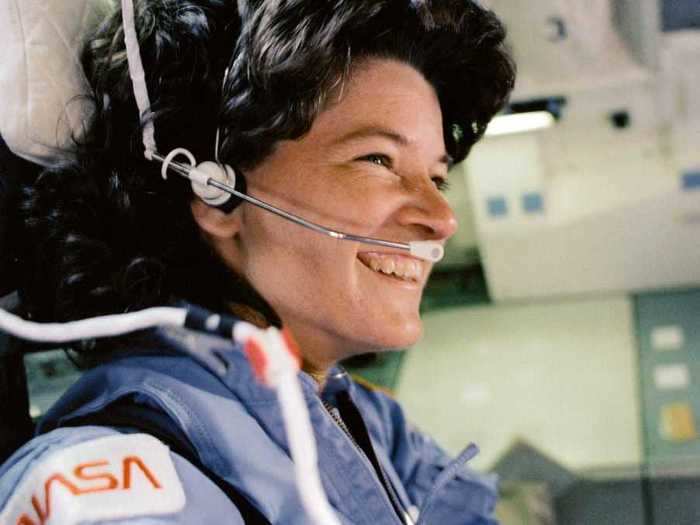
Sally Ride dreamed of being a professional tennis player when she was young. Instead, she was the first American woman to launch into space. She flew on Challenger twice, once in 1983 and again in 1984, and investigated the explosion of the space shuttle in 1986.
After her time as an astronaut, she taught physics at the University of California, San Diego, wrote children's books, and founded a nonprofit called Sally Ride Science.
Anna Lee Fisher was the first mother to travel to space.
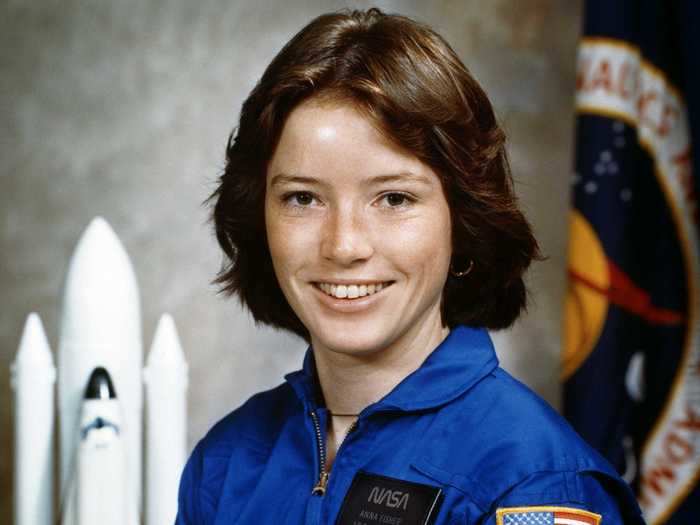
Fisher was pregnant when NASA told her they wanted to send her to space.
"I wasn't about to say no," she told The Washington Post.
After giving birth to her daughter and completing 14 months of intense training, Fisher went to space on a seven-day, 23-hour mission on the space shuttle Discovery in 1984. She was the first mother in space.
After the Challenger explosion grounded NASA's shuttle program, she took a leave of absence and returned in 1996 as chief of the space station branch. She retired in 2017.
Judith Resnik was the first Jewish person and second American woman to travel to space after Sally Ride.
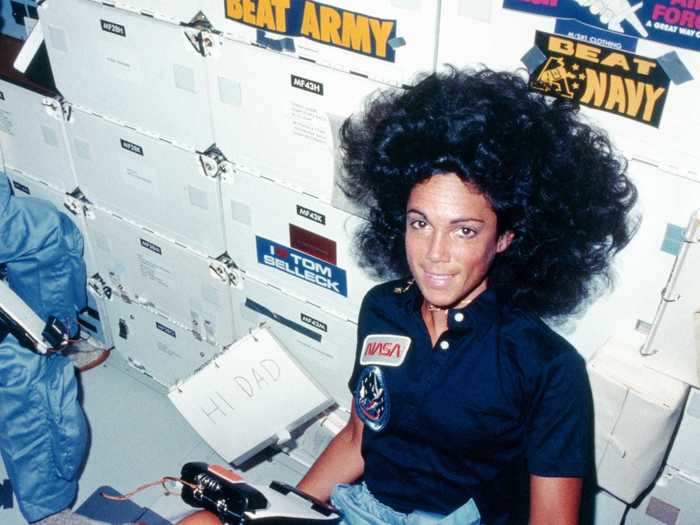
Resnik served as mission specialist in 1984 on board the space shuttle Discovery and specialized in operating its mechanical arm.
She was one of seven crew members that died when the Challenger space shuttle broke apart seconds after liftoff in what would have been her second space flight in 1986.
Christa McAuliffe was supposed to be the first teacher in space, but tragically died in the Challenger explosion in 1986.
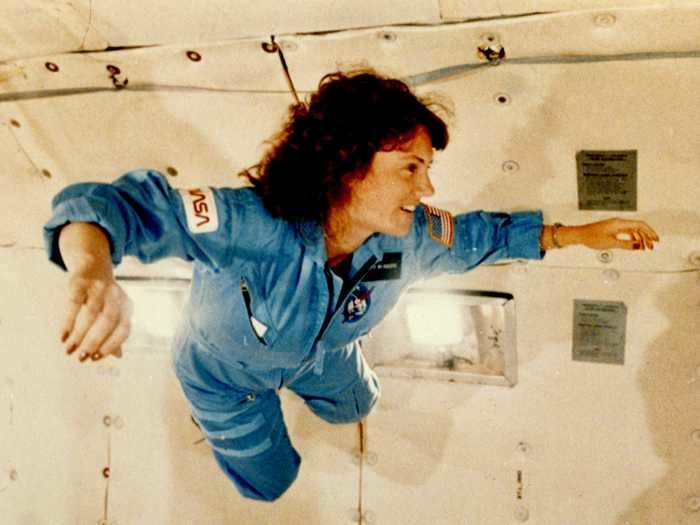
Christa McAuliffe was a teacher at Concord High School in New Hampshire who was selected to participate in NASA's Teacher in Space program to get students excited about math, science, and space travel.
Tragically, McAuliffe never made it into orbit. She died in the 1986 Challenger space shuttle explosion.
Kathryn Sullivan was the first American woman to walk in space.
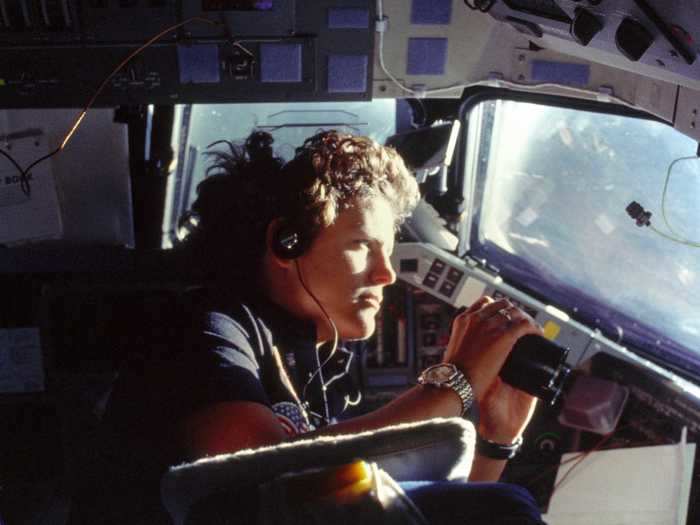
Kathryn Sullivan spent over 532 hours in orbit during her time as an astronaut at NASA. She went to space for the first time in 1984 and performed a 3.5 hour space walk. She returned in 1990 to deploy the Hubble Space Telescope and 1992 to conduct experiments as the payload commander of the Atmospheric Laboratory for Applications and Science.
Mae Jemison was the first African American woman in space.
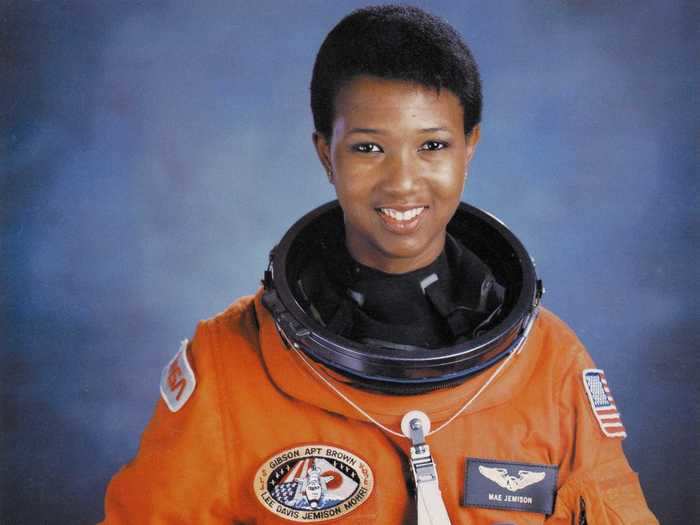
Jemison served as the mission specialist on Endeavor in 1992, performing experiments in bone cell research on a week-long flight.
She went on to found The Jemison Group, a technology consulting firm, and to lead the 100-Year Starship program established by the Defense Advanced Research Projects Agency to further space travel beyond the solar system.
Ellen Ochoa was NASA's first Hispanic female astronaut.
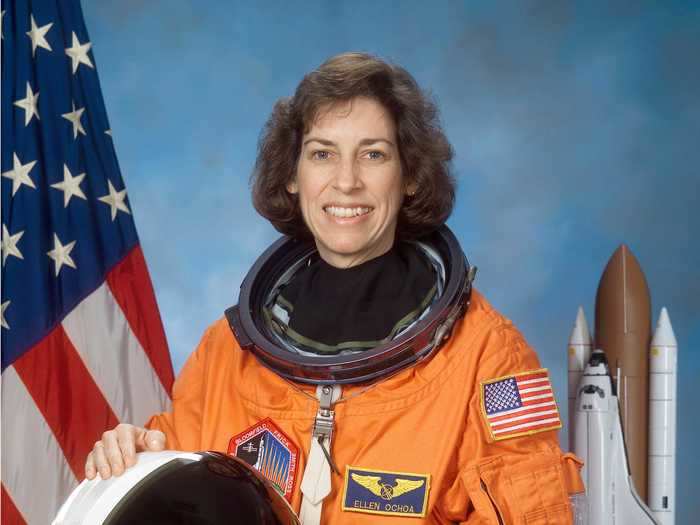
Ochoa was the mission specialist on board the Discovery in 1993 and went to space three more times in 1994, 1999, and 2002. She then became director of the Johnson Space Center. In 2018, she left NASA to become vice chair of the National Science Board.
Eileen M. Collins became NASA's first female shuttle pilot and first female shuttle commander.
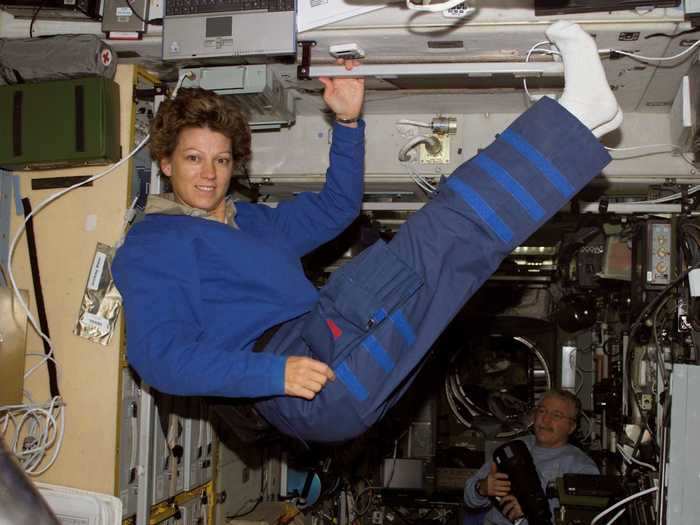
Eileen M. Collins became NASA's first female shuttle pilot on a 1995 mission and the first female shuttle commander in 1999. She also went to space in 1997 to transfer supplies to Russia's Mir Space Station.
Kalpana Chawla was the first Indian woman in space.
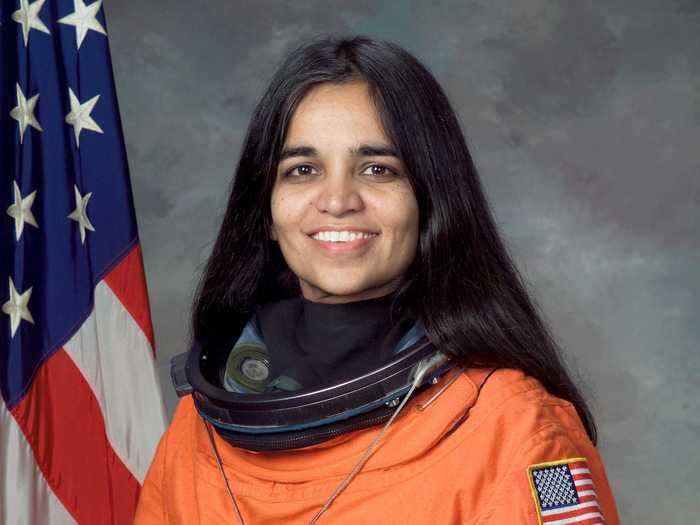
Chawla worked as a mission specialist and robotic arm operator in 1996, and returned to space in 1997 and 2003, all on the Columbia space shuttle.
Tragically, she died in 2003 when the Columbia shuttle broke apart upon reentry into the Earth's atmosphere. She spent a total of 30 days, 14 hours, and 54 minutes in space.
Peggy Whitson has spent more time in space than any US astronaut.
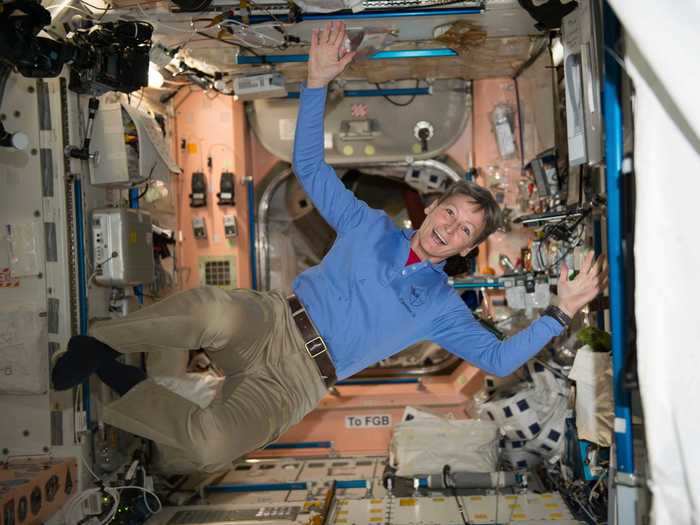
Peggy Whitson started as a researcher at NASA in the 1980s and went on to become an astronaut, visiting the International Space Station for the first time in 2002.
Whitson holds the US record for the most time spent in space at 665 days and was the first woman to command the International Space Station twice.
Jessica Meir and Christina Koch performed the first all-female spacewalk in NASA's history.
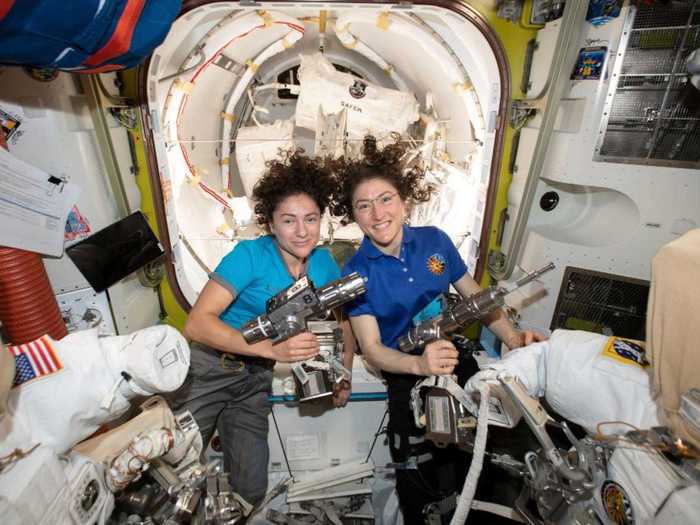
Meir and Koch replaced a broken battery charger on the International Space Station on their historic spacewalk in October 2019.
It was Koch's fourth spacewalk and Meir's first. The spacewalk was originally scheduled for March 2019 with Koch and another astronaut, Anne McClain. But NASA was forced to cancel because they didn't have enough spacesuits in the right sizes.
- Read more:
- The incredible career of NASA's Peggy Whitson, who applied to become an astronaut 10 times before she broke the American record for space travel
- NASA astronaut Peggy Whitson has spent more days in space than any other American — here's how much time US astronauts have logged in space, ranked
- NASA will send a female astronaut on the 2024 moon mission
- These photos show what life in space is really like — and it looks like a ton of fun
READ MORE ARTICLES ON
Popular Right Now
Popular Keywords
Advertisement